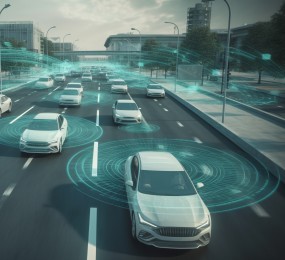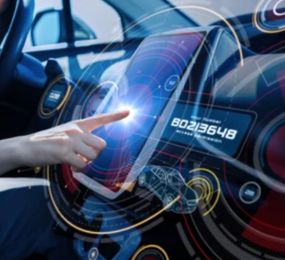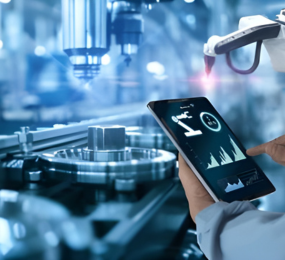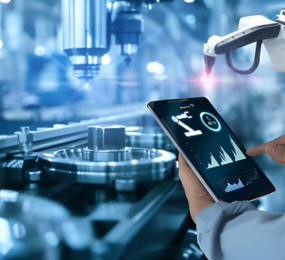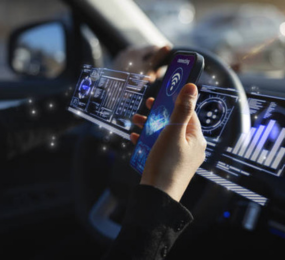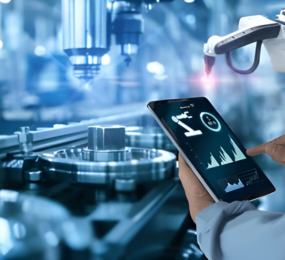Automotive Safety: Driving Toward a Future Where Every Journey Counts
Getting behind the wheel of a car is something millions of people do every day without a second thought. We expect our vehicles to respond, protect, and perform but underneath every smooth ride is a deeply engineered system built to preserve life. Automotive safety is no longer just about seatbelts and airbags it’s about anticipating danger before it happens and using technology to prevent it altogether.
From the first padded dashboard in the 1950s to today’s automatic emergency braking systems, the evolution of vehicle safety has been a journey of both innovation and responsibility.
The Human Cost Behind the Technology
Despite progress, road traffic accidents remain a global issue. According to the World Health Organization, more than 1.3 million people lose their lives on the roads each year, and millions more are injured. Behind each statistic is a family, a community, and a story.
Automotive safety isn’t just a technical challenge it’s a moral one. It’s about designing systems that recognize human error not as an exception, but as an expectation. That’s where the next wave of innovation comes in.
From Passive to Active Safety
For decades, the focus was on passive safety features that protect occupants once a crash occurs. Think seatbelts, crumple zones, airbags, and reinforced frames. These are still essential, but today’s vehicles are also packed with active safety systems technologies that help drivers avoid accidents in the first place.
Features like lane-keeping assist, blind-spot monitoring, adaptive cruise control, and automatic emergency braking are designed to detect hazards and intervene when drivers can't or don’t react in time.
With the rise of advanced driver-assistance systems (ADAS), vehicles are becoming more aware of their environment and better at keeping people safe.
People at the Center of Design
Technology can only take us so far without a clear understanding of how people actually drive. That’s why automakers and researchers increasingly rely on behavioral data to inform safety design. It’s not just about adding more features it’s about making them intuitive, reliable, and adaptable to real-world conditions.
Human factors engineering, driver fatigue monitoring, and even emotional response sensors are all being explored to create vehicles that respond not just to road conditions, but to the people inside them.
A Shared Responsibility
Governments, regulators, and manufacturers each have a role to play. Policies on crash testing, emissions, and driver education continue to evolve. Consumers, too, are more safety-conscious than ever, often prioritizing safety ratings when buying a new vehicle.
Safety is no longer a luxury it’s expected.
Takeaway
Automotive safety has come a long way, but its purpose remains unchanged: to protect lives. As we move into an era of smarter, more connected vehicles, keeping people at the heart of every safety innovation will ensure that every journey from daily commutes to cross-country drives is one that ends safely.
Learn more on our website: https://www.leadventgrp.com/events/3rd-annual-automotive-functional-safety-forum/details
For more information and group participation, contact us: [email protected]
Leadvent Group - Industry Leading Events for Business Leaders!
www.leadventgrp.com | [email protected]


